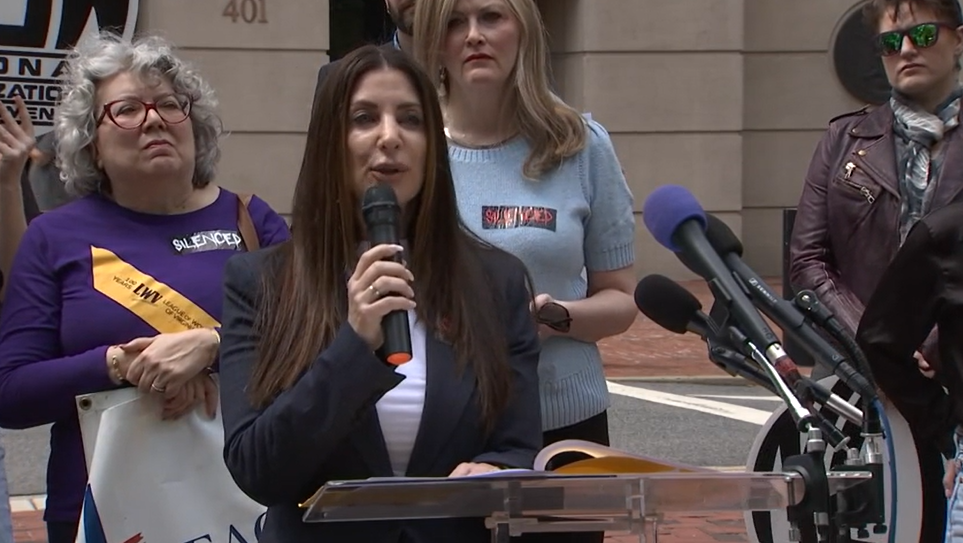Instead of waiting for an appointment and traveling long distances to see a specialist, Parkinson’s disease patients now can be treated by physicians remotely and in real time using a cellphone.
At INOVA Health, the coronavirus pandemic led to adapting to a new type of technology from health care company Abbott that allowed doctors to help Parkinson’s patients by remotely programming and resetting a deep brain stimulation device.
“I had a hand tremor pretty much nonstop, and it hasn't tremored in a year,” said Mary Callow, who was diagnosed with Parkinson's disease in 2013.
Callow says she had all the classic symptoms — shaking on the right side of her body, stiffness and trouble walking.
We're making it easier for you to find stories that matter with our new newsletter — The 4Front. Sign up here and get news that is important for you to your inbox.
As her condition got worse, the Arlington, Virginia, mother of two stopped traveling for fear of being too far away from her doctors.
“I have a daughter who lives in France, she’s recently married,” Callow said. “And I have another daughter who lives in Seattle, and seeing them is no small journey. And now, we can do it.”
For two years she put off any big trips, but that all changed — thanks in part to the pandemic.
Local
Washington, D.C., Maryland and Virginia local news, events and information
“When the pandemic struck, we had to pivot very quickly to telehealth,” said Dr. Drew Falconer of Inova Health, which is among the first in the country to use the new telehealth technology, allowing physicians to monitor and adjust the settings on a patient’s deep brain stimulation (DBS) device remotely.
“It's like resetting the clock; it's life changing,” Falconer said. “It’s really a powerful, powerful therapy. You turn on the device, and all of a sudden a patient goes from tremoring to just calm.”
The DBS device is like a pacemaker for the brain, sending painless pulses of electricity into the brain to help ease symptoms and tremors for Parkinson’s patients.
That device has been around for years, but in the past patients had to visit the doctor in person to have the DBS device adjusted. Now doctors can adjust the stimulator virtually.
“Mary has the ability to adjust her settings on how the device is running to fix her symptoms in real time, and what's neat about it is that she can actually connect to her device that's running her therapy through her own personal cellphone,” Falconer said.
That eliminates a barrier that may have kept some from seeking care in the first place.
“The biggest barrier we see to accessing specialty care like ours, especially in the world of Parkinson's, is that barrier of access, travel and time,” Falconer said. “It's not unheard of in our clinic for patients to travel three, four, five hours to see a specialist like me.”
The technology allows Callow to reconnect with her kids without having to worry.
“To travel and go where I want and not worry about how far away my from the clinic,” she said. “Am I going to be OK being out of town for a few days? I just don’t even think about it.”
Dr. Falconer said telehealth will continue after the pandemic ends. In the past year, Inova has seen 1,600 new patients, 90% of whom are using telehealth and 90% of whom had never gone in for specialty care because of lack of access.



